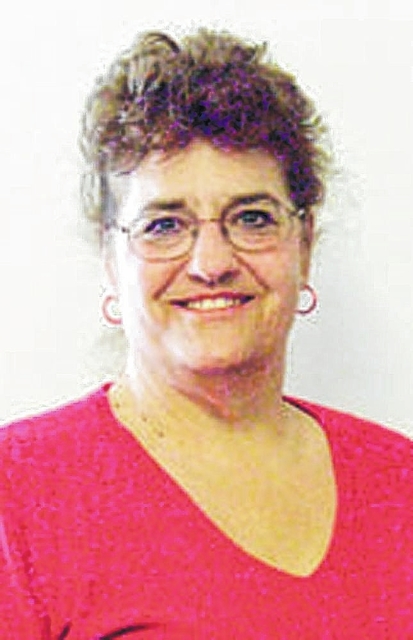
Just a quick reminder for all my farmers out there with grain bins: Be careful! Never enter a storage bin while unloading grain because flowing grain can pull you in and bury you within seconds. Grain kernels may stick together, forming a crust or bridge that isn’t strong enough to support your weight after the grain below it is removed. Don’t try to break a grain bridge or blockage loose from inside the bin. Stay outside and use some type of prod to reach the blockage. If you do get in, be sure the unloader has been shut off and someone’s there with you. A fall harness is not a bad idea, either.
Cressleaf Groundsel is a poisonous plant that we often see in the spring. The ODA-Animal Disease Diagnostic Lab personnel have been involved in two separate cases in the past year with animals affected by this weed. It can be controlled in the fall before it raises its ugly head!
Cressleaf groundsel is a winter annual weed. It is most easily controlled with herbicides such as 2,4-D or other low-cost treatments in the late fall or early spring. Most of the plants will have emerged by late October. As you find time this fall, scout fields to determine whether cressleaf groundsel is present, especially in new summer seedings or fields with a history of this weed problem.
For more information on this weed and control options, go to http://u.osu.edu/beef/ and click on what looks like a magnifying glass in the upper right-hand corner and search for “cressleaf groundsel.” A list of articles will come up. Some of these articles have been published in the CORN Newsletter, the BEEF Newsletter, and even in the Buckeye Yard and Garden Line (BYGL).
Leaves are gorgeous when they start turning in the fall … But, what to do with them? There is quite a bit of value there! Feed Your Soil!
The leaves of one large tree can be worth as much as $50 worth of plant food and organic matter. They are a rich source of calcium, magnesium, phosphorus, potassium, and trace minerals the tree roots have mined from deep in the subsoil. The huge amount of organic matter they offer can be used to improve soil structure, lightening heavy clay soils and increasing the moisture retention of dry sandy soils. If you’re interested in composting, rake or blow your leaves into loose piles or enclose them in bins. If you want to speed up decomposition, mow over the leaves a few times with your lawn mower. Mix a shovelful of soil in each layer of leaves to introduce helpful microorganisms to the pile. Leaves are high in carbon but low in nitrogen so it helps to add a source of nitrogen like manure or grass clippings to help feed the bacteria that will be doing all the work of breaking down the leaves. Plants from the garden that were not diseased or infested with insects can be added to the pile along with non-meat kitchen scraps.
Shredded leaves also make a good mulch. Blow them into your flower beds and under trees and shrubs while mowing. The best time to mulch perennials is after the ground has frozen, so you’ll need another pile of shredded leaves to use later in the fall. Some cover vegetable gardens with a layer of chopped leaves to keep the soil from washing away over the winter.
Don’t want to rake or blow your leaves at all? Researchers at Michigan State University have proven that mowing leaves and leaving them on your lawn improves the soil, lessening the need for fertilizer in the spring. They recommend setting your mower blade 3 inches high and mowing once a week while the leaves are falling. As long as you don’t have excessive leaf cover, do not be concerned. Mowed leaves feed worms, fungi, and soil bacteria.
There is a “Name that Tree” program being held in Medina County on Thursday, October 18th, from 9 a.m. to 3 p.m. at The Lodge at Allardale on Remsen Road. The cost is $35. You can find more information and register at https://woodlandstewards.osu.edu/events/name-tree-3.


